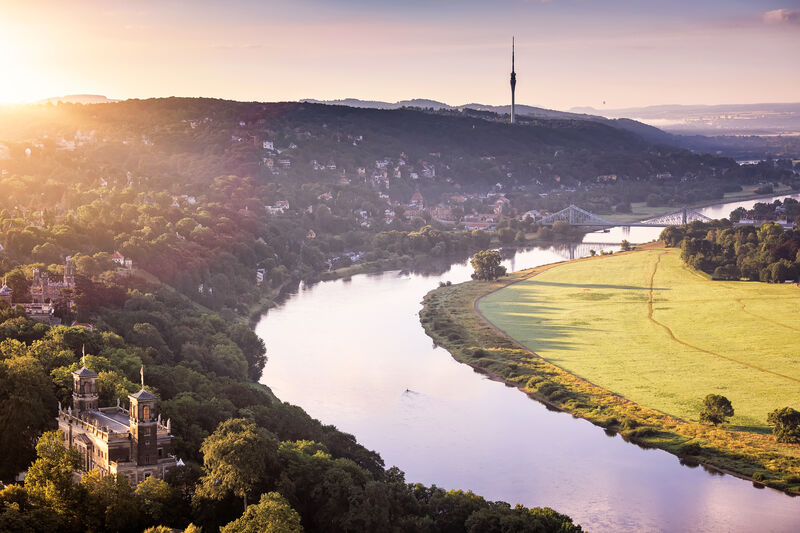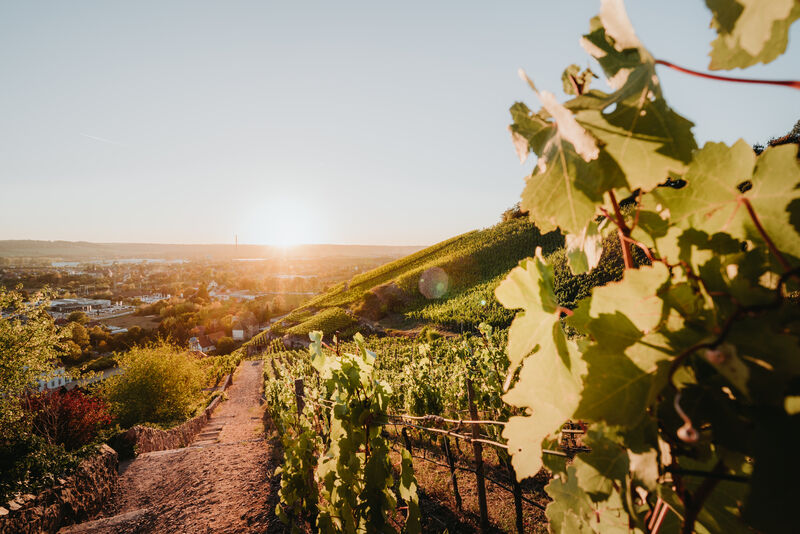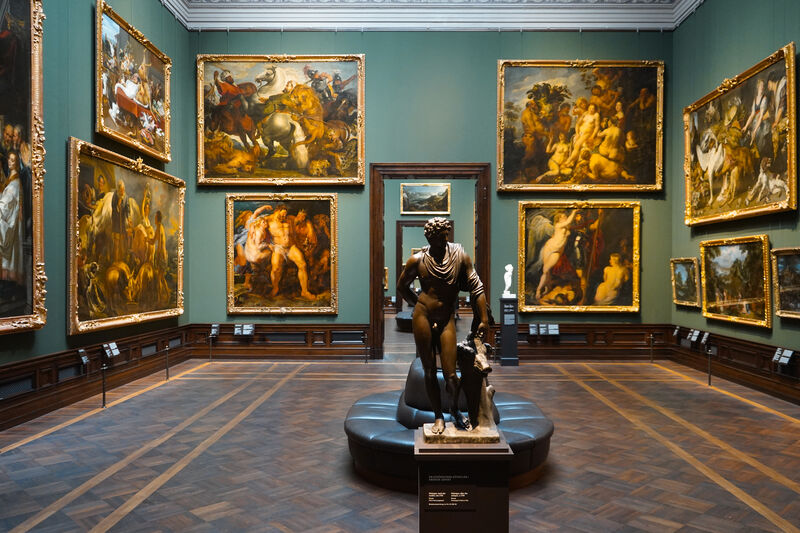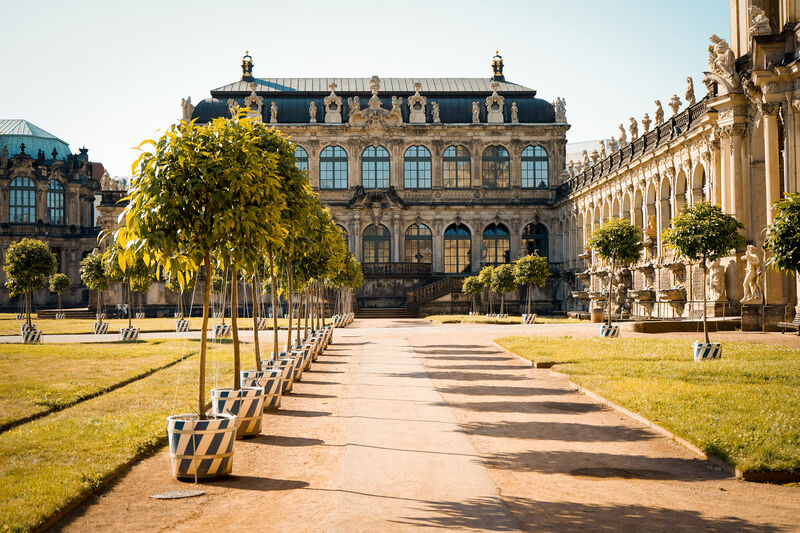City of Dresden
Dresden. Discover the beauty. A city portrait
Frauenkirche, Zwinger, Semperoper, Elbe, an extremely diverse museum and theater landscape – that’s Dresden. The city is one of the most popular tourist destinations in Germany. Several million visitors come to the Elbe metropolis every year to experience the world-famous sights, the numerous historic building ensembles, the exciting history, the valuable art treasures and the special flair. More than 20 percent of tourists come from abroad. Dresden’s international character can be felt everywhere in the city, in the many different languages spoken in public life, but also at the universities and the many research institutions.
Ten facilities and institutes of the Fraunhofer Society alone are based in the Saxon state capital, and major international corporations such as SIEMENS, BOSCH and INFINEON – to name just a few – ensure intensive business travel and a welcome influx of people from all over the world.

Facts and figures
561,000 people (as of December 2021) live in the capital of the Free State of Saxony – of which around 43,000 are students. This makes Dresden the largest university city in eastern Germany.
Only about two hours away by car are the German capital Berlin to the north and Prague, the capital of the Czech Republic, to the south.

Green city
The Saxon metropolis is one of the greenest cities in Europe. The Great Garden, the Elbe meadows, the Dresden Heath, numerous palaces, parks and green spaces in and around Dresden and the proximity to Saxon Switzerland attract people to the outdoors and characterize the city’s quality of life.
The green cityscape is complemented by the vineyards on the hills of the Elbe Valley. Wine is even grown in the urban area. This makes Dresden the northernmost city with a long tradition of winegrowing.

Stronghold of business and science
Dresden’s scientific landscape is also characterized by diversity and variety. There are over 40 research institutions and all four major German research organizations are represented with their institutes. TU Dresden has been a member of the prestigious circle of eleven German Universities of Excellence since 2012 and is participating in the follow-up program to the Excellence Initiative. Dresden is also a top location in the fields of microelectronics / information and communication technology, nanotechnology / new materials and life sciences / biotechnology. Leading global companies such as Globalfoundries, GlaxoSmithKline Biologicals, VON ARDENNE and Novaled operate in Dresden. Science and industry are working closely together on intelligent solutions for the future.

City of art and culture
It is largely thanks to the need for representation and the passion for collecting of the Saxon electors and kings, in particular Augustus the Strong, who allowed Dresden to mature into a Baroque pearl, that Dresden is today regarded as a city of art and culture of European, even global standing. It is home to over 50 museums and more than 30 small and large theaters.
With its 14 museums, the Dresden State Art Collections is one of the most important museum associations in the world. In the Semperoper Dresden, the Sächsische Staatskapelle, one of the world’s most traditional orchestras, is a guarantee for great musical moments. The music festivals with the Dresden Music Festival, the Moritzburg Festival, the Dixieland Festival Dresden and the Jazztage Dresden are also among the major highlights of the European cultural scene.
With two (re)openings, the state capital of Dresden is once again demonstrating the importance it attaches to culture: The new art and creative area Kraftwerk Mitte Dresden with the Staatsoperette Dresden and the tjg. theater junge generation attracts visitors and residents alike. The Kulturpalast Dresden rounds off the extremely diverse cultural offering as the home of the Dresden Philharmonic Orchestra, the Herkuleskeule cabaret and the municipal library.


Colorful event calendar and lively scene life
Especially in the summer months, when the days get longer and the outside temperatures rise, hardly a weekend goes by without a big event. The Film Nights on the banks of the Elbe, the Dresden Museum Night, the Long Night of the Theatres, the Dresden City Festival CANALETTO and the Elbhang Festival are firm favorites in Dresden’s calendar of events. Dresden is perhaps at its most colorful in the capital’s trendy district, the Outer New Town. With its many bars, cafés, restaurants, clubs, galleries and small theaters, the lively Dresden quarter is the center of Dresden’s young and alternative scene. The area in one of the largest contiguous Wilhelminian-style districts in Germany has a high potential for creative innovation, which is reflected above all in the abundance of great stores and trendy labels.
